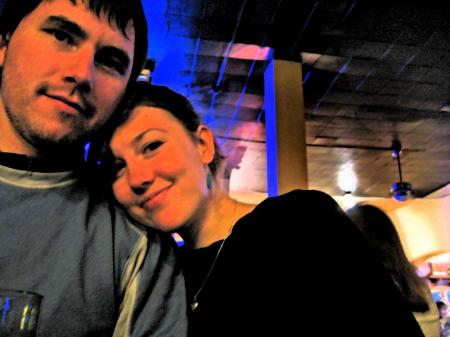Project BudBurst is an interesting initiative aiming to collect data on plant behaviour using scores of volunteers. The ‘citizen scientists’ are to record phenomena such as the “first bud burst, first leafing, first flower, and seed or fruit dispersal of a diversity of tree and flower species, including weeds and ornamentals.” All in all, the project is meant to provide useful data on climate change and the effect it is having on plant life.
To have much value, such a project would need to be maintained for many years. That’s the only way year-to-year random aberrations in weather can be isolated from genuine climatic trends. That said, it could be a valuable source of information on how plants are responding to changes in the global environment. Other studies have already shown that the ranges inhabited by plants and animals are shifting in response to changes in temperature and precipitation. What is most interesting is what happens when those gradual changes encounter an obstacle: when creatures moving upslope towards colder air find themselves at the top of the mountain, or when plants flowering earlier miss the time when the insects pollinating them are active.
At present, the project only covers the continental United States. It aims to track 30 native trees/shrubs, 24 native wildflowers, 3 common exotic weeds, 2 common exotic ornamentals, and all of the U.S.A. National Phenology Network calibration species. The Woodland Trust does similar work in the United Kingdom.


This reminds me of the Ontario Bird Breeding Atlas, which I did data collection for as an Ontario Parks employee.
What’s budding in that picture?
Project BudBurst: How I Can Help Scientists Study Climate Change
Last week I was watching the evening news, and saw more huge ice shelves dropping off glaciers in Canada, and was again hit with just how common this phenomenon is becoming. How many times in even just the past two years have we seen these dramatic events unfold on national TV, showing us just how drastically things are changing in the world around us, whether or not we can feel the change in our own neighborhood yet?